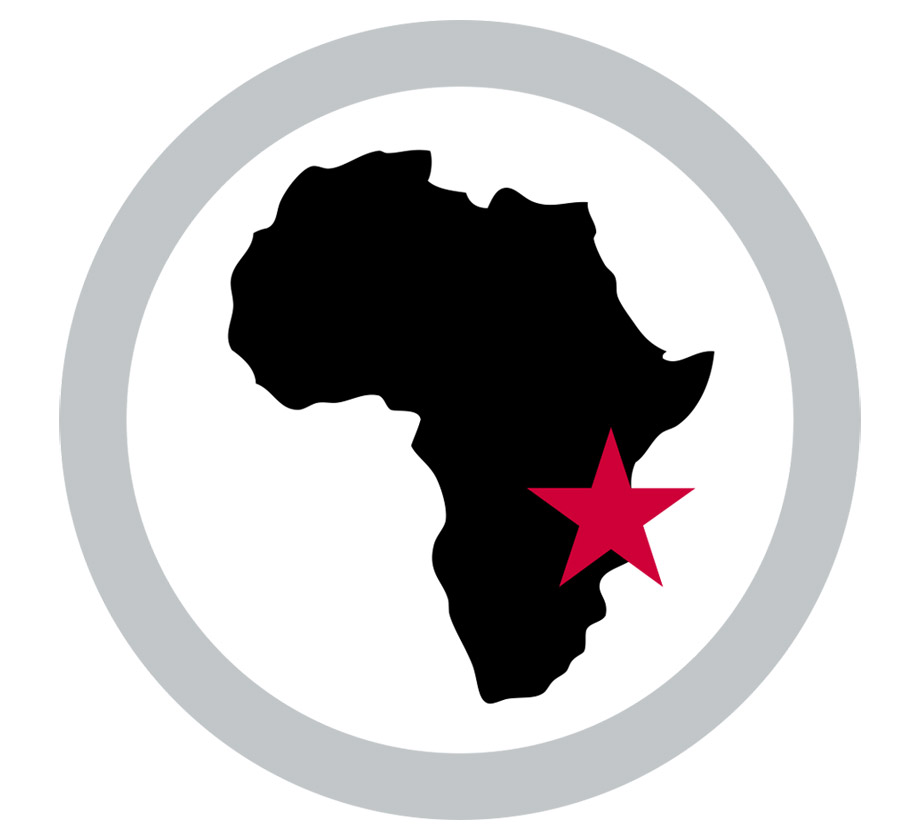-
Let’s go on a journey.
Mozambique
- Where we are
- Europe - Aberdeen
- Americas - Houston
- Asia - Singapore
- The fun stuff.
- Five
- Case Studies
- Want to talk to us?
In recent months, the Republic of Mozambique has come onto the energy sector’s radar as a result of significant natural gas discoveries off the coast of the country. Situated in East Africa and bordered by the Indian Ocean to the east, Tanzania to the north, Malawi and Zambia to the north-west, Zimbabwe to the west and Swaziland and South Africa to the south-west, the capital of the country is Maputo, and the population is estimated at around 23.5 million.
Mozambique looks set to position itself as an important natural-gas producer, particularly due to the size of its reserves and also the country’s relative proximity to Asian markets, as Africa increasingly becomes a crucial supply point for China and other countries with expanding economies in Asia.
Recent developments in Mozambique are very exciting. Between October 2011 and March 2012, offshore exploration by ENI resulted in huge discoveries that are assessed as having a potential of around 50 trillion cubic feet of gas.
Meanwhile, in May 2012, Anadarko Petroleum Corporation of Texas also discovered a large offshore field in the Indian Ocean containing an estimated 20 trillion cubic feet of recoverable gas. Anadarko has also recently made a discovery from the company’s Atum exploration well in the Rovuma Basin, and will now begin four wells immediately to appraise the find, estimating that the total gas in Area 1 alone (the offshore exploration area is split into six) could now be as much as 65 trillion cubic feet of gas.
To put these numbers in perspective, Qatar, a major energy powerhouse we are more familiar with and a country we work regularly in, holds the world’s third-largest natural-gas reserves and is positioned as the single largest supplier of liquid natural-gas (LNG) today, producing around 4.5 trillion cubic feet of LNG per year.
Mozambique has only explored a fraction of its potential, yet enough gas has already been discovered to supply half of Western Europe for nearly a decade and a half. The government estimates there may be another 150 trillion cubic feet left
to discover.

But while the discoveries represent hope and value for the people of Mozambique and should lead to a host of potential opportunities arising in the country, there is much to be done if gas exports are to be achieved by 2018.
The country will need to embark on a massive infrastructure development programme to enable it to reach the stage of producing and selling LNG. This again draws parallels with Qatar, which embarked on a similar journey in 1995 with a US$2billion project to build trains and which today has around 14 LNG trains in production. A host of in-country challenges also had to be addressed, as with the development of infrastructure including roads, ports, labour-camp facilities, workshops, power stations and many others.
In addition, the whole supply chain of LNG requires dedicated equipment, from the trains used for production to the tanks required for storage, plus export terminal to load vessels, and carriers for transportation.
Challenges aside, a host of opportunities are expected to emerge over the coming years in Mozambique for contractors with expertise in such areas. This is in addition to the obvious engineering, procurement and construction opportunities that will emerge from the actual development of the LNG trains, of which Anadarko estimates that there is sufficient gas in place in Area 1 alone for up to 12 LNG trains for a total of 50 million tons a year of LNG capacity.
Many steps will need to be taken to ensure that the people of Mozambique benefit from the development. Already key stakeholders involved in the development of these opportunities appear to be putting CSR projects in place to ensure that the investment in the region is meaningful and that the government generates revenue which can be used to offer opportunities to the people of Mozambique. There are some cases in Africa where significant discoveries of natural resources have led to economic ruin, but already steps are being taken here to ensure that the growth will stimulate opportunity for education, employment and general improvements in the quality of life for the people of Mozambique. Examples of this include the review of taxation and regulatory policies that is being conducted by the Mozambican government in order to ensure there is sufficient participation by the people of the country, initiatives around improving the quality of education for the children of Mozambique, and many others.
Fifth Ring is monitoring developments in the country and the wider region with interest. Undoubtedly this will present great opportunities for our existing and future clients.
This is an edited article, originally written by Ann-Marie Carbery-Antoun, Director of Business Advisory, Contax Partners
Pawel Kuncewicz talks about B2B Marketing
Andrew Bradshaw looks back at an eventful 2019
Andrew Bradshaw discusses the alternatives to event marketing